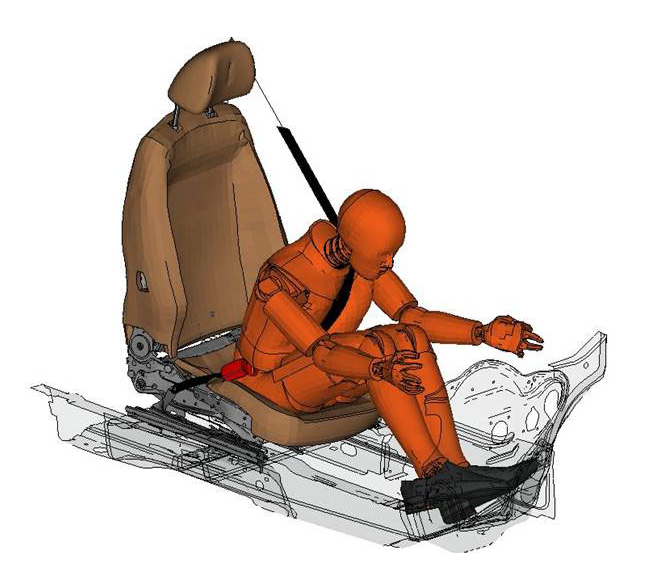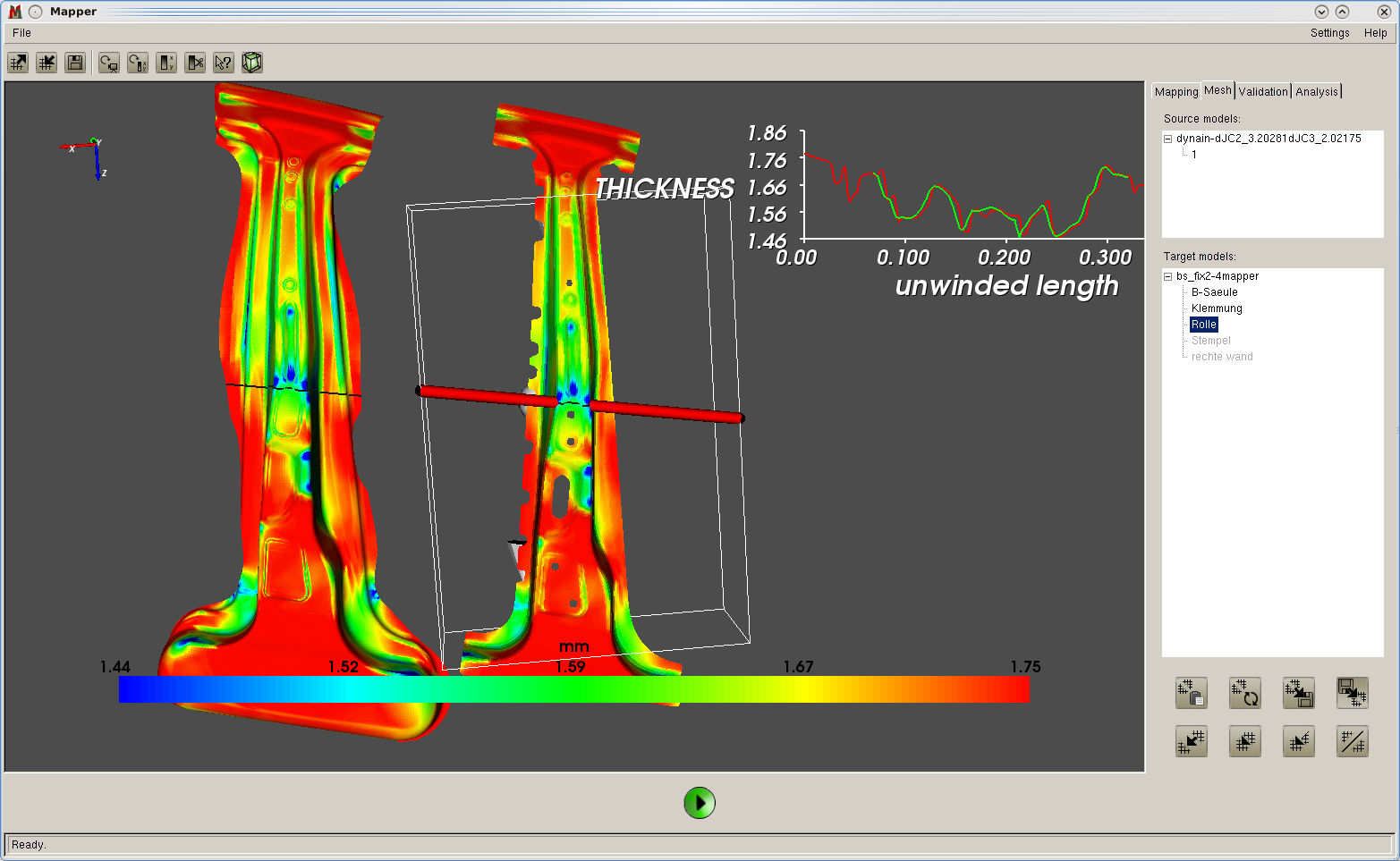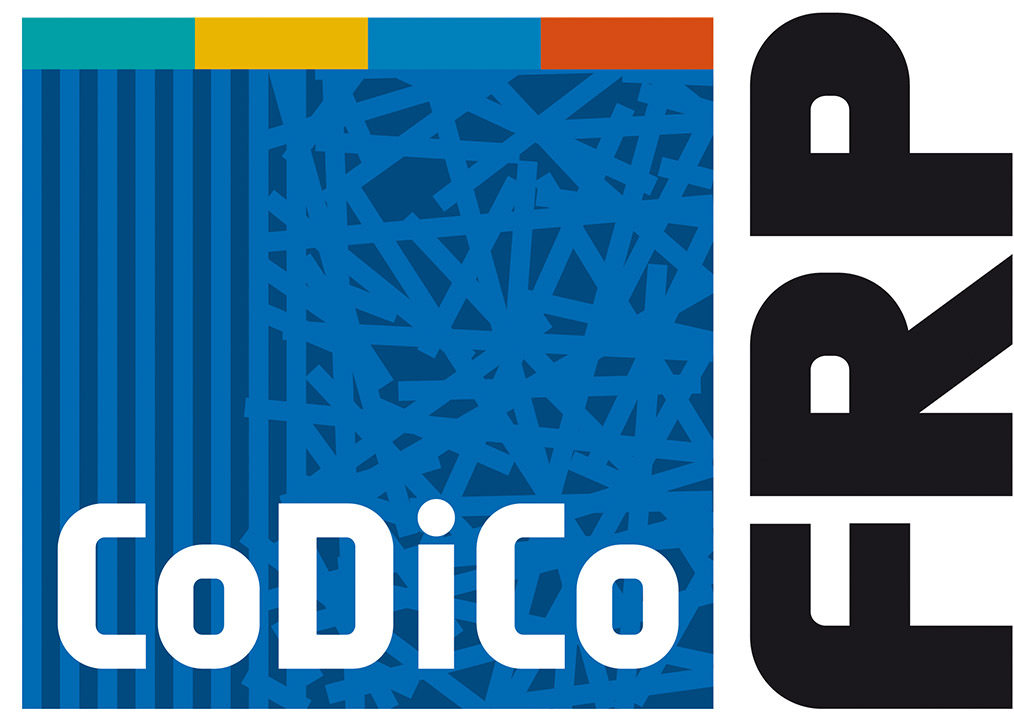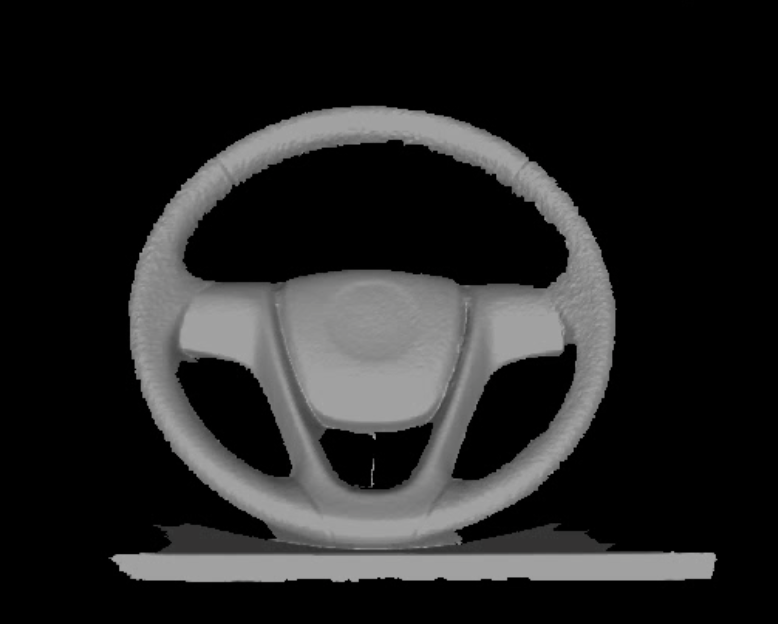Simulation of complex manufacturing processes to predict structural product characteristics often requires a chain of distinct simulation disciplines. Each simulation step typically requires a specific problem discretization to handle the physical effects. To achieve realistic simulation results, local material properties have to be specified as initial condition at each step of the virtual process chain. In addition to the transfer of local material properties along a manufacturing chain, simulation models have to be validated by comparison with experimental test results.
In order to transfer local material properties between consecutive simulation steps, MpCCI Mapper as file-based mapping tool has been developed by SCAI.




